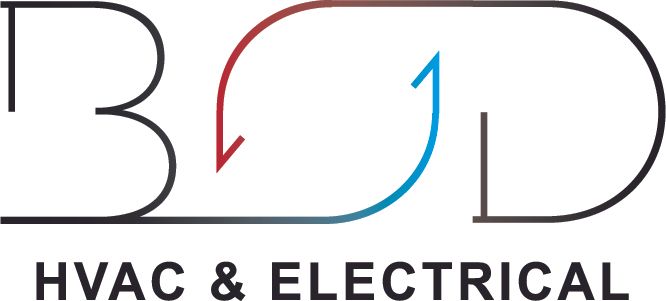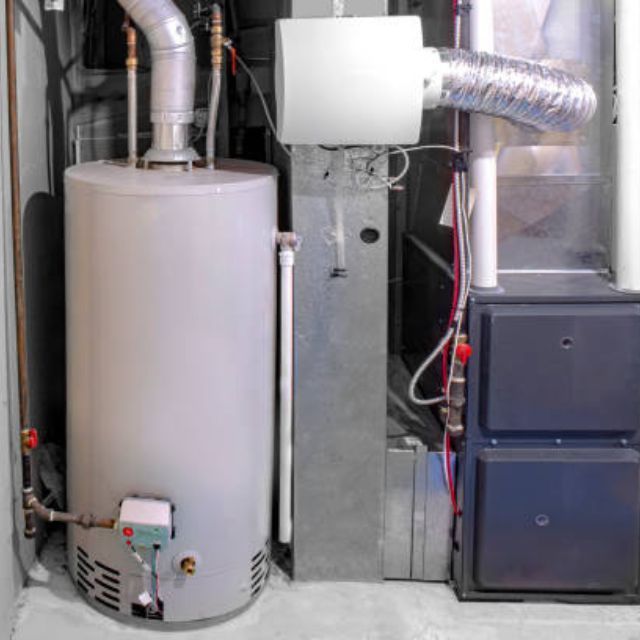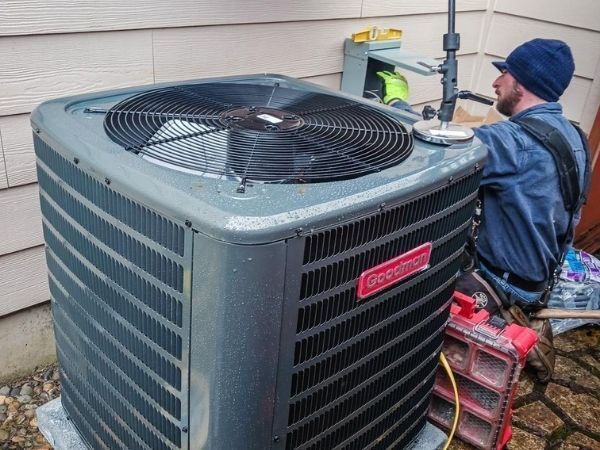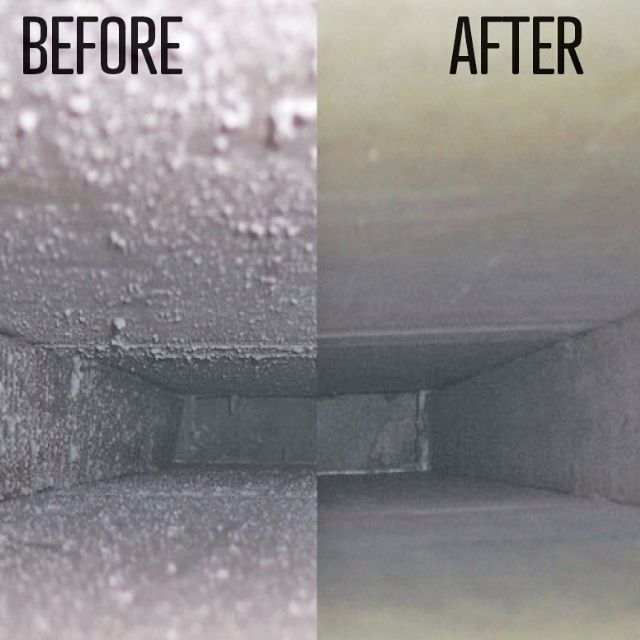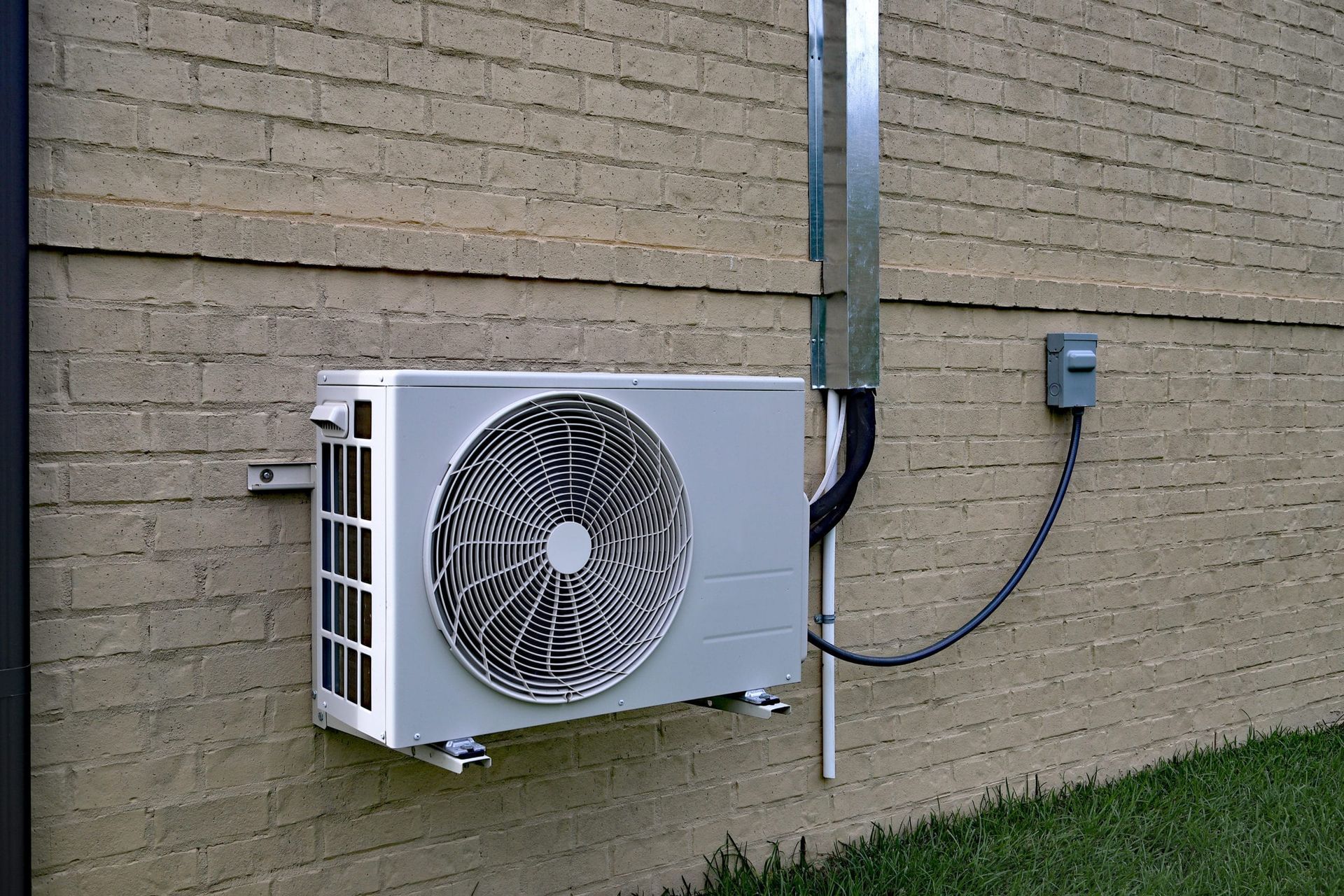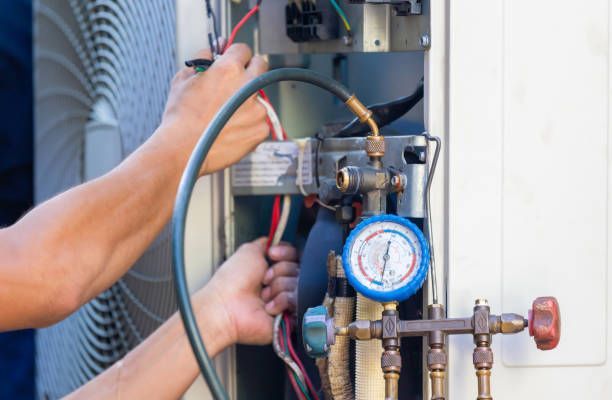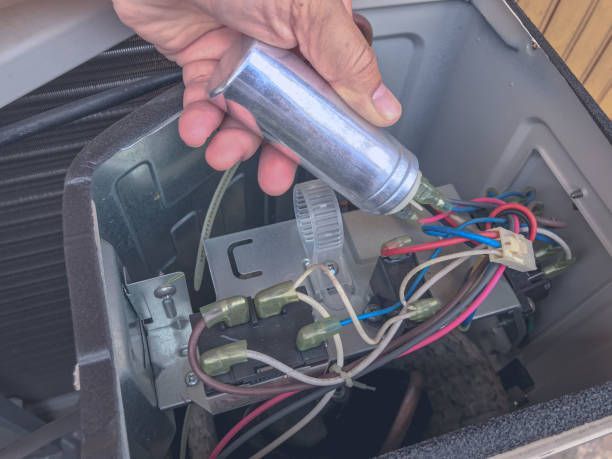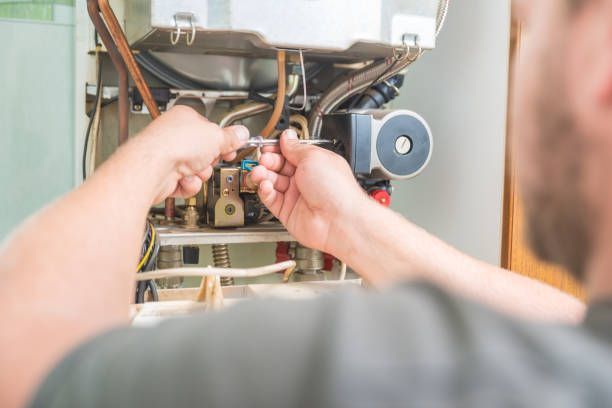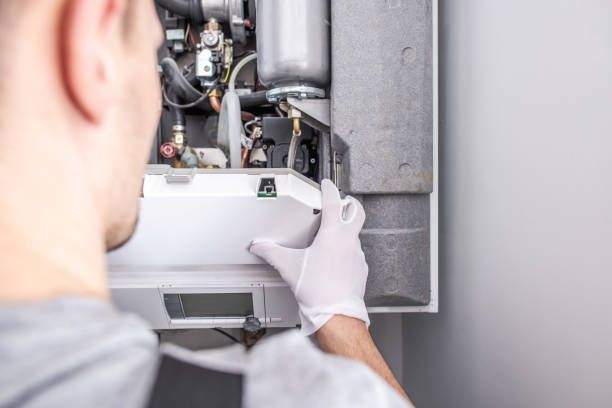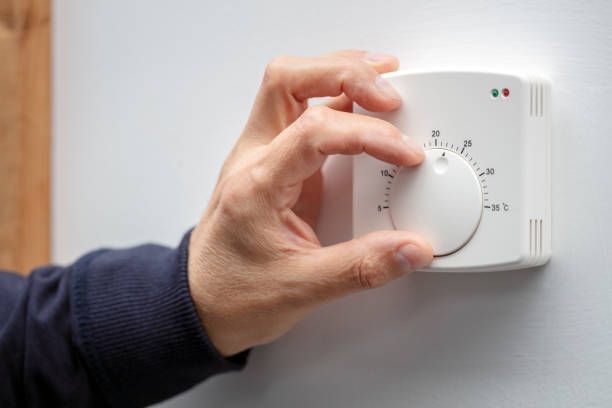What is SEER, and why is it essential for your summer HVAC system?
Have you heard of SEER or Seasonal Energy Efficiency Ratio but don't know what it really means?
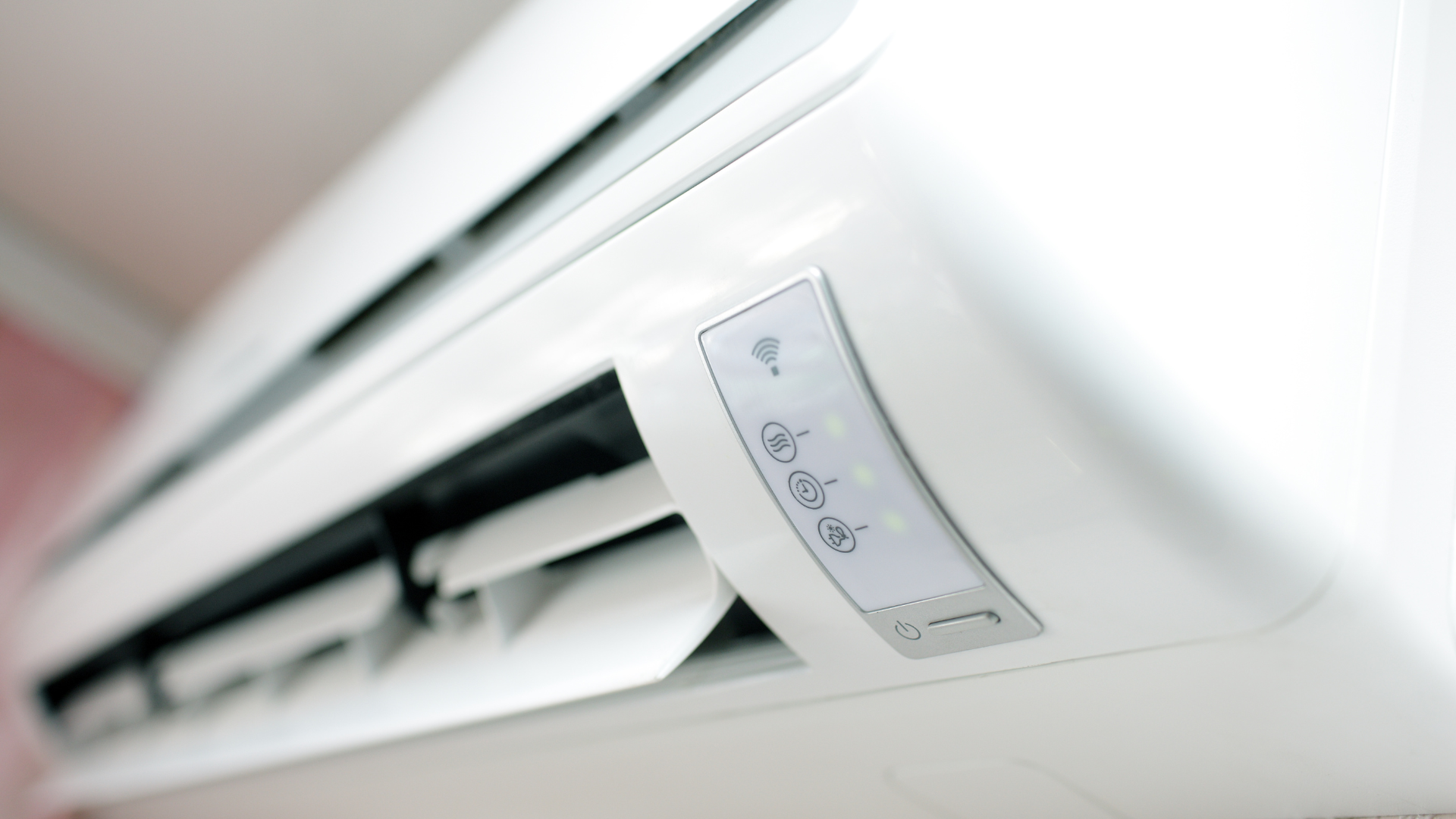
Your SEER rating may change based on what's most important to you in a heating and cooling system since your house, and energy demands are unique.
A dependable HVAC system is essential to stay calm and pleasant during the warm summer months. It is challenging to choose which method best meets the specific cooling requirements of your house; however, with so many various types and ratings to consider, you might get confused.
In this article, we'll explain what SEER is, how it affects the cooling efficiency of your HVAC system, and why it's crucial to consider when choosing and maintaining your summer HVAC system.
So read on to learn all you need to know about SEER and its role in keeping you cool and comfortable all summer, whether you're in the market for a new HVAC system or want to optimize your current one.
What is the SEER rating for HVAC?
SEER, or Seasonal Energy Efficiency Ratio, is used in the heating and cooling industry. The ratio that results from dividing the cooling output of the system over an average cooling season by the total amount of energy utilized is known as the SEER rating. SEER measures the amount of money and power the appliance needs to run efficiently over a year.
A whole cooling season is used to get a SEER ratio. The idea is relatively straightforward. The SEER rating increases as the unit uses less energy to deliver the required level of cooling. The SEER ratio indicates the greatest efficiency of a unit.
Why SEER rating matters
SEER ratings for air conditioners from 10 to 15 years ago typically range from eight to ten. You can usually determine your existing unit's SEER rating in one of the following ways:
- The outdoor unit's Energy Guide sticker is yellow and black.
- A sheet of paper fastened to your HVAC system's interior unit, also known as the air handler.
- The product's model number often indicates the SEER rating. Up to 20 SEER are characterized by a model number like "XV20i".
- To get the SEER rating, locate the model and the appliance's serial number and contact the manufacturer.
Your annual energy expenditures decrease by up to 20 to 40% if you replace a unit that is ten years or older.
Benefits of a high SEER rating or ratio
The financial investment increases with the SEER rating. But there are a lot of American Standard Heating and Air Conditioning® air conditioners available, so you may select one that suits your needs and your budget. With a higher SEER rating, your family will enjoy improved interior comfort and more energy efficiency.
Higher Energy Efficiency
A unit that can function more effectively under specific circumstances will have a higher SEER rating. Fewer energy usage may result in more significant power bill savings. The difference in SEER ratings between your old unit and the new air conditioner will be one factor in determining how much money you save each month, along with other factors.
Greater Indoor Comfort
Summer months entail more than heat for some homes, particularly those in the Southeast or Southwest. If an American Standard AC doesn't cool a house, humidity might make it uncomfortable.
Two-Stage vs. Variable-Speed Compressor
There are two stages of operation for a two-stage compressor, often known as a dual-stage compressor: high and low. Thanks to its two output stages, the compressor may use less energy when necessary. For example, on days with moderate weather, the compressor may run mainly on the low setting. This uses less energy and lowers your monthly energy costs.
A variable-speed compressor can function on more than only high and low levels. These factors can help the unit tailor the energy output required to maintain comfort in your home. A continual stream of cool air is blown into your home by variable-speed compressors to maintain a constant temperature.
When it's mild outside, lower SEER units often run at one speed, which causes the air conditioner to cycle on and off frequently. This might lead to uneven cooling throughout your home. An American Standard technician can assess if HVAC repair or replacement can help if you notice that one room or area of your home is frequently substantially cooler or warmer than the rest.
Reduced Environmental Impact
Choose an air conditioner with a higher SEER rating to reduce carbon impact. Specific modern AC units consume not only less energy but also safer refrigerants. Installing a new unit at your house creates a greener environment for future generations.
Your home's HVAC system will need a different SEER rating than a homeowner in another part of the country. Your family may be able to live comfortably within a home with a SEER rating over 13, but you also need to consider your home's size, insulation level, and ductwork.
Because of each of these factors, replacing an AC unit is not a DIY project. A trained professional can help you choose the best model for your home and explain how incentives and tax credits from the manufacturer can make a high-SEER system more affordable.
You can receive assistance from Best Owner Direct HVAC experts when purchasing your HVAC. From SEER ratings through installation, a highly qualified expert is just around the corner and ready to help.
Get a Free Quote Today!
Fill out the form below and we'll get back to you as soon as we can!
Contact Us
We will get back to you as soon as possible
Please try again later
Contact Us
Best Owner Direct is your local, independent, family-owned and operated, residential and commercial HVAC service, repair and installation team. We're a trade ally of the Energy Trust of Oregon and our certified professionals offer services for all major brands. With over 20 years of experience, our team can handle all of your HVAC needs.
Free estimates available for installations. Contact us today to learn more or to schedule an appointment!
Read More Tips from the Experts Below:
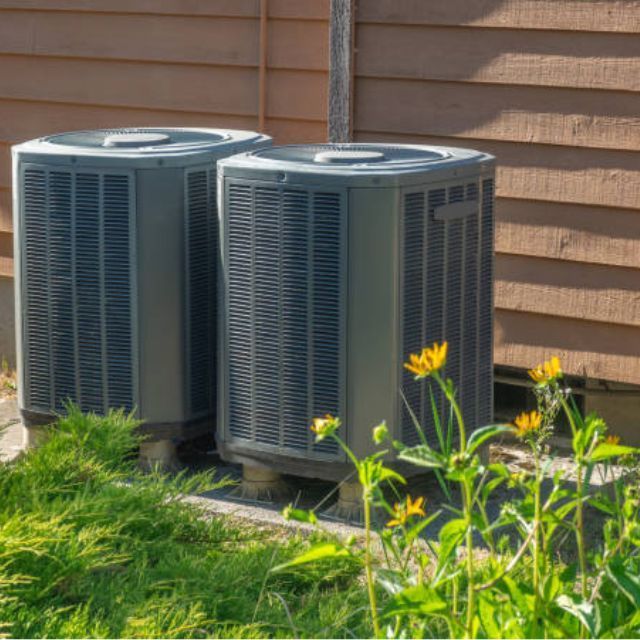
Best Owner Direct HVAC & Electrical is proud to be a PGE-approved Contractor and an Energy Trust of Oregon Trade Ally!
Serving Residential & Commercial Customers in Washington County, and parts of Yamhill, Multnomah and Clackamas Counties. Contact us for more information.
NAVIGATION
All Rights Reserved | Best Owner Direct HVAC & Electrical
